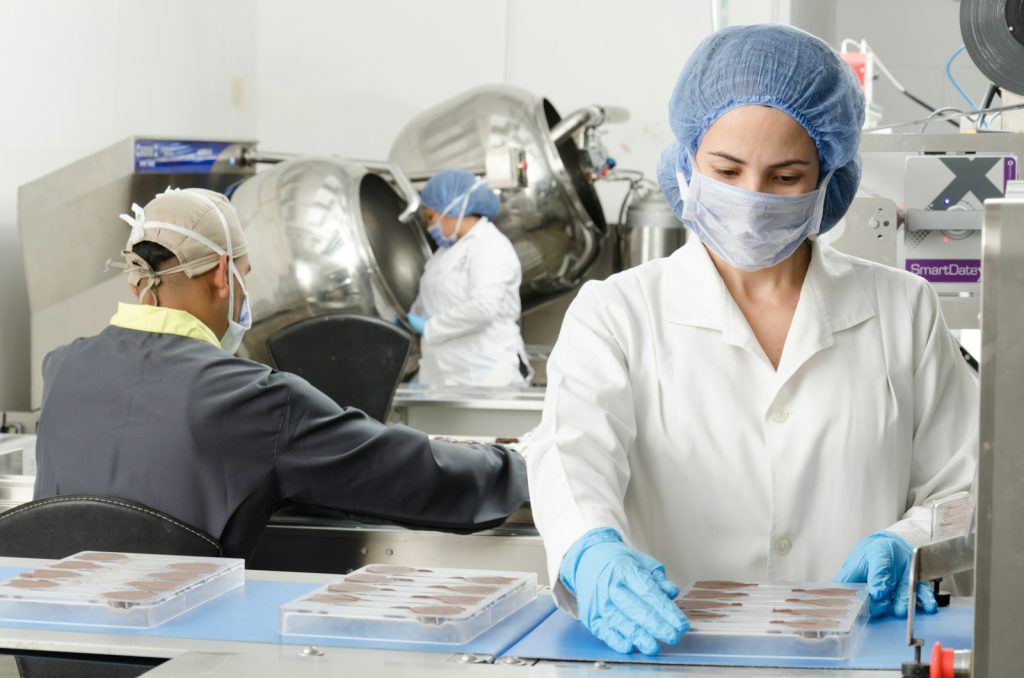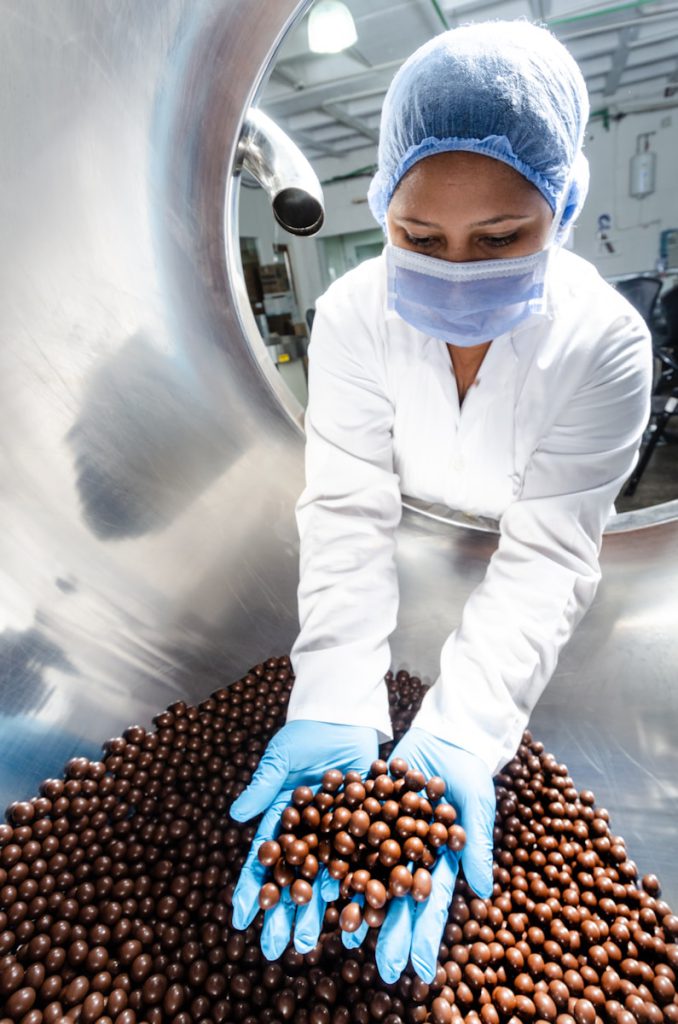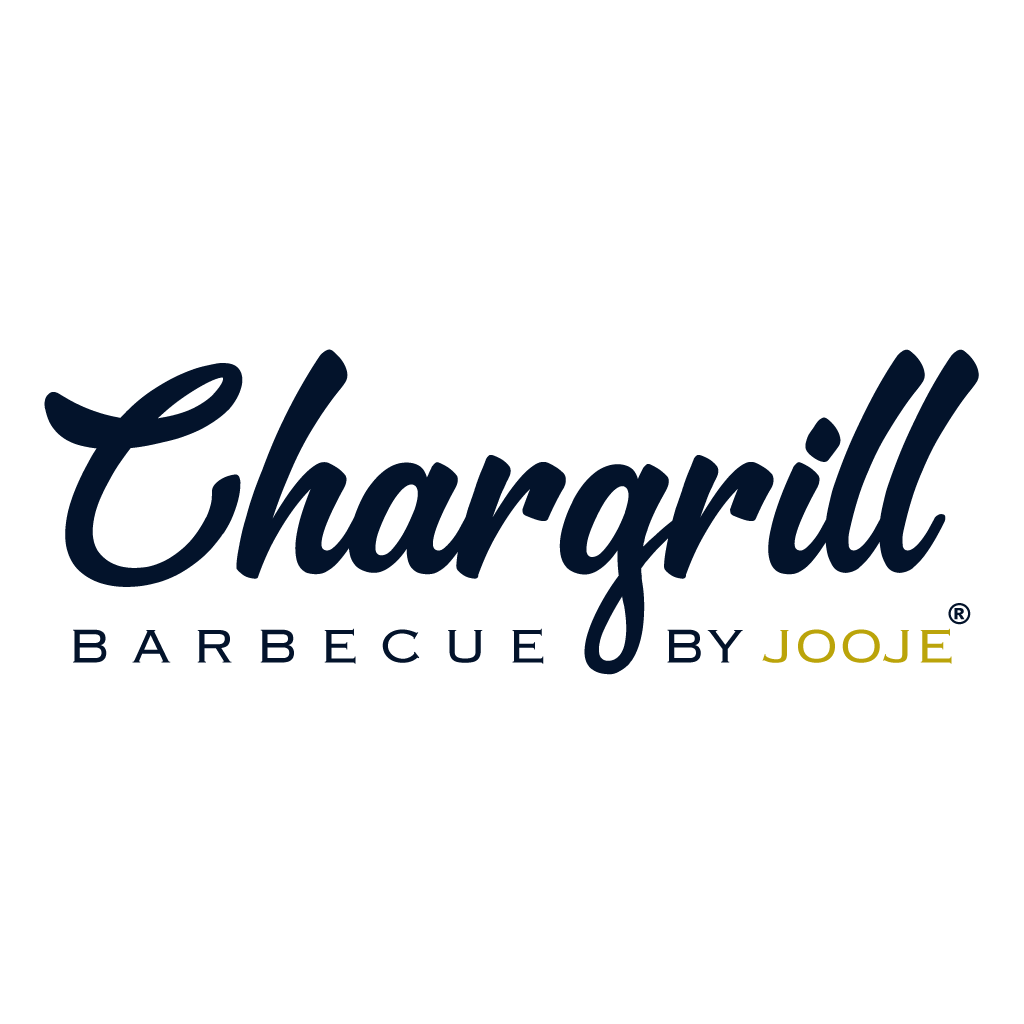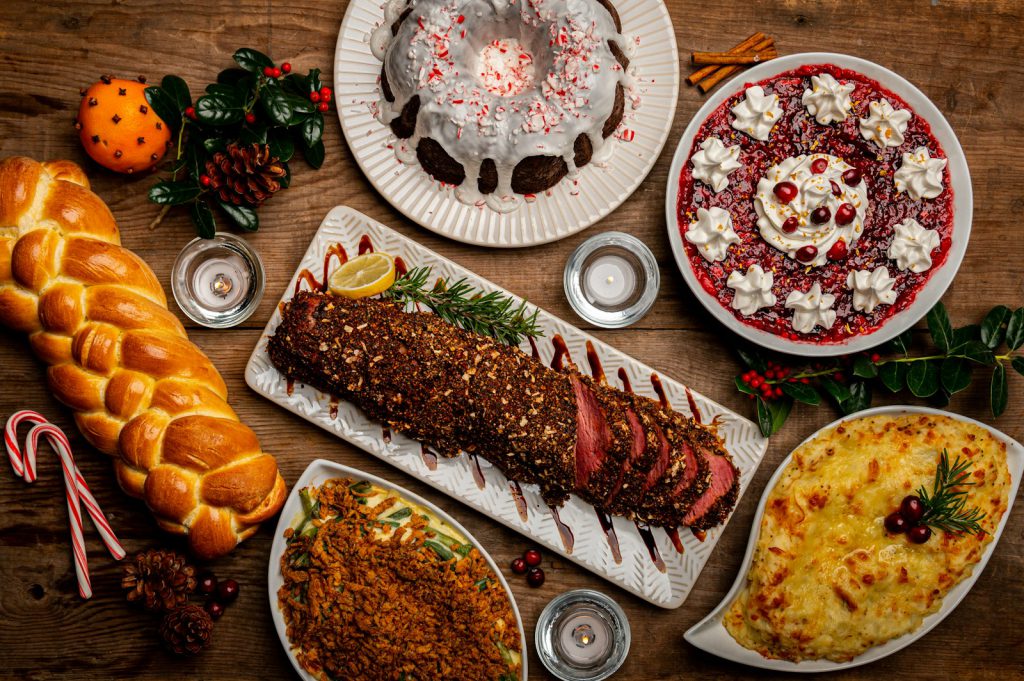Vacuum packing has revolutionised the food industry, providing a myriad of benefits for both producers and consumers. Benefits of Vacuum Packed BBQ products is beyond belief, When it comes to BBQ, this method of packaging offers unique advantages that enhance the overall culinary experience. This article delves into the benefits of vacuum-packed BBQ for consumers, covering aspects such as freshness, convenience, cost-effectiveness, and health.
1. Enhanced Freshness and Shelf Life
Vacuum packing significantly extends the shelf life of BBQ products. By removing air from the packaging, the growth of aerobic bacteria and fungi is inhibited, slowing down spoilage and preserving the freshness of the meat. Consumers can enjoy BBQ that tastes as if it were freshly prepared, even after weeks of storage. This freshness is crucial for maintaining the quality of BBQ, where the taste and texture of the meat are paramount.
Benefits of Enhanced Freshness
- Extended Shelf Life: Vacuum-packed BBQ meats can last up to 2-3 weeks in the refrigerator and several months in the freezer without losing quality.
- Reduced Waste: Longer shelf life means fewer products are thrown away due to spoilage, contributing to overall food waste reduction.
- Preserved Quality: The vacuum sealing process locks in the natural juices and prevents the meat from drying out, ensuring a consistently high-quality product.
Table: Shelf Life Comparison
| Meat Type | Conventional Packaging | Vacuum Packaging (Refrigerated) | Vacuum Packaging (Frozen) |
|---|---|---|---|
| Beef | 3-5 days | 2-3 weeks | 6-12 months |
| Pork | 2-4 days | 2-3 weeks | 6-12 months |
| Chicken | 1-2 days | 1-2 weeks | 6-9 months |
| Ribs | 3-5 days | 2-3 weeks | 6-12 months |
Pros and Cons List
Pros
- Prolonged freshness and shelf life
- Reduced food waste
- High quality and preserved natural juices
Cons
- Initial cost of vacuum packing equipment
- Potential for improper sealing if not done correctly

2. Preservation of Flavour and Nutrients
One of the key benefits of vacuum packing is the preservation of flavour and nutrients. The airtight environment ensures that the natural juices and essential nutrients are retained, resulting in BBQ that is not only delicious but also nutritious. This method prevents the oxidation process, which can degrade the taste and nutritional value of the food.
Benefits of Nutrient Preservation
- Retention of Essential Nutrients: Vacuum packing helps retain vitamins and minerals that are often lost in other forms of packaging.
- Enhanced Flavour: The vacuum sealing process locks in the natural flavours of the meat, resulting in a more robust taste when cooked.
- No Need for Preservatives: The extended shelf life achieved through vacuum packing reduces the need for chemical preservatives.
Table: Nutrient Retention Comparison
| Nutrient | Conventional Packaging | Vacuum Packaging |
|---|---|---|
| Protein | Moderate | High |
| Vitamins | Low | High |
| Minerals | Moderate | High |
| Flavour Compounds | Low | High |
Pros and Cons List
Pros
- Better retention of vitamins and minerals
- Enhanced and preserved natural flavours
- Reduction in the need for chemical preservatives
Cons
- Requires proper storage conditions (refrigeration/freezing)
- Higher initial cost for vacuum sealing equipment
3. Convenience and Ease of Use
Vacuum-packed BBQ is extremely convenient for consumers. These products are often pre-marinated and ready to cook, saving time and effort in meal preparation. Additionally, vacuum-packed BBQ can be stored easily, taking up less space in the refrigerator or freezer. This convenience extends to the cooking process as well, with many vacuum-packed BBQ items being suitable for quick and easy cooking methods.
Benefits of Convenience
- Time-Saving: Pre-marinated and pre-portioned, these products require minimal preparation time.
- Space Efficiency: Vacuum-packed items are compact and take up less space compared to bulkier packaging methods.
- Ready-to-Cook: Many vacuum-packed BBQ products are ready to cook straight out of the package, eliminating the need for additional seasoning or marinating.
Table: Convenience Factors
| Factor | Conventional Packaging | Vacuum Packaging |
|---|---|---|
| Preparation Time | High | Low |
| Storage Space | High | Low |
| Cooking Time | Variable | Often Reduced |
| Ease of Use | Moderate | High |
Pros and Cons List
Pros
- Significant time savings in meal preparation
- Space-efficient storage
- Products often come pre-seasoned and ready to cook
Cons
- Potential lack of customisation in seasoning/marinades
- Requires access to vacuum sealing equipment for homemade packing

4. Cost-Effectiveness
Vacuum packing helps reduce food waste, which translates to cost savings for consumers. The extended shelf life means that BBQ products can be purchased in bulk and used over a longer period, reducing the frequency of shopping trips and the likelihood of throwing away spoiled food. Additionally, vacuum-packed products are often sold at competitive prices, providing good value for money.
Benefits of Cost-Effectiveness
- Bulk Purchasing: Buying in bulk can lead to significant savings, especially when products are on sale.
- Reduced Waste: Less food spoilage means lower overall food costs.
- Value for Money: Vacuum-packed BBQ products often offer good quality at reasonable prices.
List: Cost-Saving Tips
- Buy BBQ meats in bulk during sales.
- Portion vacuum-packed meats for individual meals.
- Freeze vacuum-packed meats to extend shelf life further.
Table: Cost Comparison
| Aspect | Conventional Packaging | Vacuum Packaging |
|---|---|---|
| Frequency of Shopping | High | Low |
| Food Waste | High | Low |
| Bulk Purchase Savings | Moderate | High |
Pros and Cons List
Pros
- Cost savings from reduced food waste
- Ability to buy in bulk and save
- Competitive pricing for vacuum-packed products
Cons
- Initial cost of vacuum packing equipment
- Requires proper storage conditions to maximise savings

5. Health and Safety
Vacuum packing enhances the safety of BBQ products by reducing the risk of contamination. The packaging process involves sealing the food in an airtight environment, which minimises the exposure to bacteria and other pathogens. This method also prevents cross-contamination in the refrigerator or freezer, ensuring that the BBQ products remain safe to consume.
Benefits of Health and Safety
- Reduced Contamination: Airtight sealing reduces the risk of bacterial growth and contamination.
- Improved Food Safety: Lower risk of cross-contamination with other foods in storage.
- Longer Shelf Life: Reduced exposure to air and bacteria extends the safe consumption period.
Example:
- Safety of Vacuum-Packed Sausages: Sealed in an airtight package, the risk of bacterial contamination is significantly reduced, ensuring safer consumption.
Table: Safety Comparison
| Safety Aspect | Conventional Packaging | Vacuum Packaging |
|---|---|---|
| Risk of Contamination | High | Low |
| Cross-Contamination | Moderate | Low |
| Shelf Life | Short | Extended |
Pros and Cons List
Pros
- Enhanced food safety and reduced risk of contamination
- Lower risk of cross-contamination
- Longer safe consumption period
Cons
- Requires proper sealing techniques
- Potential for issues if packaging is compromised
6. Versatility in Cooking Methods
Vacuum-packed BBQ brisket and other meats are versatile and can be cooked using various methods, such as grilling, roasting, or sous-vide. Sous-vide cooking, in particular, has gained popularity due to its precision and ability to produce tender, flavourful results. This versatility allows consumers to experiment with different cooking styles and achieve restaurant-quality results at home.
Benefits of Versatility
- Multiple Cooking Methods: Suitable for grilling, roasting, sous-vide, and more.
- Consistent Results: Vacuum packing ensures even cooking and flavour infusion.
- Creative Cooking: Allows consumers to try new techniques and recipes.
Table: Cooking Methods for Vacuum-Packed BBQ
| Cooking Method | Description | Benefits |
|---|---|---|
| Grilling | Direct heat from below | Smoky flavour, crispy texture |
| Roasting | Cooking in an oven with indirect heat | Even cooking, caramelisation |
| Sous-Vide | Cooking in a water bath at a controlled temperature | Tenderness, flavour infusion |
Pros and Cons List
Pros
- Versatility in cooking methods
- Consistent and high-quality results
- Allows for creative culinary experiments
Cons
- Requires specific equipment for some methods (e.g., sous-vide)
- Potential learning curve for new cooking techniques
7. Environmentally Friendly
Vacuum packing can be more environmentally friendly compared to other packaging methods. The reduced need for preservatives and the ability to store food for longer periods can contribute to less food waste. Additionally, some vacuum packing materials are recyclable, further reducing the environmental footprint.
Benefits of Environmental Friendliness
- Reduced Food Waste: The extended shelf life provided by vacuum packing means that less food is discarded due to spoilage. This is crucial in reducing the overall environmental impact associated with food waste, which includes wasted resources and increased greenhouse gas emissions from decomposing organic matter.
- Lower Preservative Use: Vacuum packing reduces the need for chemical preservatives, which can have negative environmental effects. By maintaining freshness through an airtight seal, the reliance on synthetic additives is minimized.
- Recyclable Materials: Many vacuum packing materials are recyclable, contributing to a reduction in plastic waste. Consumers can opt for brands that use eco-friendly packaging options to further enhance the sustainability of their BBQ purchases.
List: Eco-Friendly Practices
- Choose Recyclable Packaging: Select vacuum-packed products that use recyclable materials to reduce plastic waste.
- Reuse Vacuum-Sealed Bags: Whenever possible, reuse vacuum-sealed bags to minimize waste and extend their usability.
- Support Sustainable Brands: Purchase from companies that prioritise sustainable practices and environmentally friendly packaging.
Table: Environmental Impact Comparison
| Aspect | Conventional Packaging | Vacuum Packaging |
|---|---|---|
| Food Waste | High | Low |
| Preservative Use | High | Low |
| Packaging Waste | High | Moderate to Low |
| Recyclability | Low | High |
Pros and Cons List
Pros
- Reduced Food Waste: Longer shelf life means fewer products are discarded.
- Lower Use of Preservatives: Less reliance on chemical preservatives benefits the environment.
- Recyclable Options: Many vacuum packing materials are designed to be recyclable.
Cons
- Initial Packaging Material: Not all vacuum packing materials are biodegradable.
- Energy Use: The vacuum sealing process requires energy, which can have an environmental impact if not sourced sustainably.
8. Customisation and Variety
Vacuum packing allows for a wide variety of BBQ products to be readily available to consumers. From different cuts of meat to various marinades and spices, consumers can easily find options that cater to their preferences. This customisation enhances the BBQ experience, offering more choices for different tastes and dietary needs.
Benefits of Customisation
- Wide Range of Options: Vacuum-packed BBQ products come in various cuts, flavours, and styles, providing consumers with a broad selection to choose from.
- Dietary Accommodation: Specialised vacuum-packed BBQ products can cater to dietary needs such as gluten-free, low-sodium, or organic preferences.
- Seasonal Varieties: Consumers can enjoy seasonal BBQ offerings that are vacuum-packed to retain their unique flavours and qualities.
Example:
- Variety Packs: Mixed packs of vacuum-packed BBQ meats, including ribs, chicken wings, and sausages, each with different marinades, provide variety for every meal.
Table: Customisation Options
| Customisation Aspect | Examples | Benefits |
|---|---|---|
| Meat Cuts | Ribs, Chicken Wings, Sausages, Steaks | Variety of options for different dishes |
| Flavours/Marinades | Spicy, Sweet, Herb-Infused, Smoky | Tailored taste preferences |
| Dietary Needs | Gluten-Free, Low-Sodium, Organic | Catering to specific diets |
Pros and Cons List
Pros
- Variety: Wide selection of BBQ products.
- Dietary Flexibility: Options available for different dietary needs.
- Convenience: Ready-to-cook customisation options.
Cons
- Potential Limited Stock: Specialised items might not always be readily available.
- Higher Cost: Customised products may be more expensive than standard options.
9. Portability and Storage
Vacuum-packed BBQ products are easy to transport and store. Whether planning a picnic, camping trip, or simply storing meals for the week, these products offer convenience and flexibility. The compact packaging makes it easy to carry and store multiple packs without taking up much space.
Benefits of Portability and Storage
- Easy Transportation: Vacuum-packed BBQ products are sealed tightly, preventing leaks and making them ideal for travel.
- Space-Saving: The compact nature of vacuum packing allows for efficient storage in both refrigerators and freezers, maximising available space.
- Long-Term Storage: The extended shelf life of vacuum-packed products makes them suitable for long-term storage, ensuring a ready supply of BBQ meats.
Example:
- Camping Convenience: Vacuum-packed steaks can be stored in a cooler, maintaining freshness and ensuring a delicious meal in the great outdoors.
Table: Portability and Storage Comparison
| Aspect | Conventional Packaging | Vacuum Packaging |
|---|---|---|
| Ease of Transportation | Moderate | High |
| Space Efficiency | Low | High |
| Shelf Life | Short | Extended |
Pros and Cons List
Pros
- Convenient for Travel: Ideal for picnics, camping, and other outdoor activities.
- Space-Saving: Efficient storage in refrigerators and freezers.
- Extended Shelf Life: Suitable for long-term storage.
Cons
- Initial Packaging Cost: Higher upfront cost for vacuum-packing equipment.
- Proper Storage Required: Needs proper refrigeration or freezing to maintain quality.
Vacuum packing has brought a host of benefits to BBQ enthusiasts, making it easier and more enjoyable to savour delicious, fresh, and nutritious meals. From extended shelf life to enhanced safety and convenience, the advantages of vacuum-packed BBQ products cater to the needs of modern consumers, ensuring a superior culinary experience.



